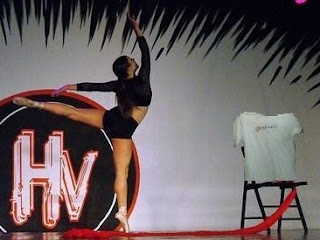BIOLOGY OF DANCE!
Today I traveled with Carly to a dance competition. I learned how dance is greatly related to Biology and how the body works. First I learn the body moves while dance as a result of muscular and skeletal systems working together. The dancer’s bones gave them a sturdy border which muscles attach too. Also did you know there are 206 bones in the body? Dance utilizes move most bones in the “appendicular skeleton” which is the bones in the arms, legs, collar bone, shoulder blades and pelvis.
Also, I learned by watching various dances about joints which is where two bones meet. Some are immovable, slightly moveable, or moveable. There are various types of joints listed below (each joint helps the body move in various directions and complete the dance move)
- hinge (elbow knee)
- ball & socket (shoulder hip)
- gliding (joints in foot + wrist)
- pivot (two vertebrae inside head)
-saddle (base of thumb)
Another important part of the body is the muscles while you dance! The 650 muscles in your body give us the strength we need in dance. The muscles are attached to bones and connect over joins allowing the joints to bend!
In a dance competition, judges look to see if the dancers’ feet are pointed! There are 26 separate bones in the foot The brain sends the message to point your feet through nerves to the muscles. From there, the ankle joint straightens.
Overall, I learned a great amount at the dance competition with Carly! The body is made up of many complex parts which helps a dancer move the way she does. I was shocked how greatly biology effects dancing!
 |






